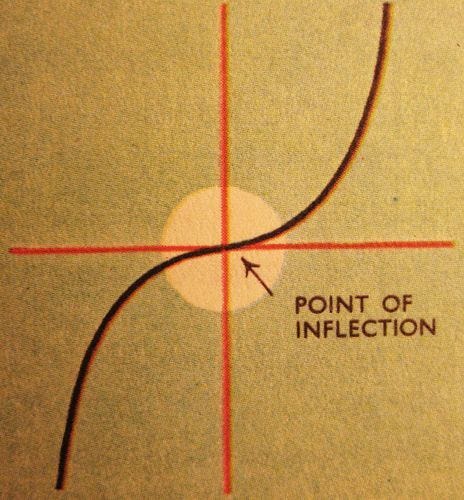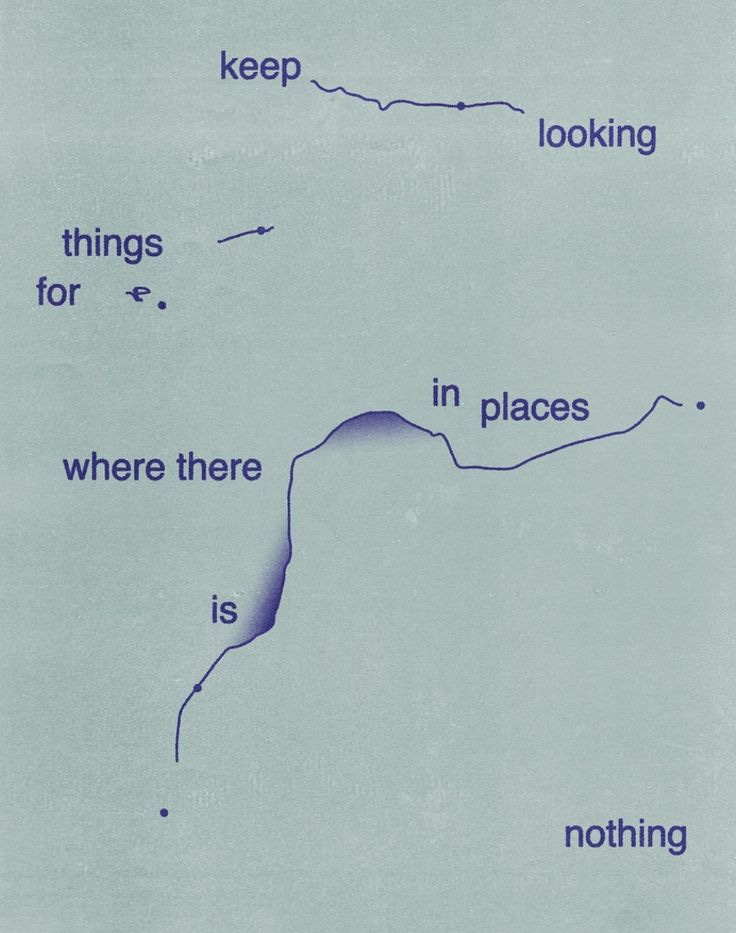During the summer of 2018, I was rounding out my sixth year of med school – a year mostly consisting of final exams and hospital placements. The reality of life after university was beginning to dawn on me, and like thousands of graduating medics each year, I started imagining how my career path in medicine might unfold.
Most of my peers had mapped out their futures (at least it felt that way) — specialities, training pathways, clear next steps. I could see the appeal: certainty, structure, the promise of a known destination. But the more I looked, the less I recognised myself in any of those routes. None of them felt built for the kind of questions I was starting to ask.
Medicine, by its nature, isn’t built for deviation. The structures are set; the expectations clear. You’re trained to follow, to slot yourself into a system. And with good reason might I add – health systems need to be as predictable and chaos-free as possible. But even then, something in me resisted. I wanted to understand what else was possible, even if it meant stepping into the unknown without a clear guide.
It was during that exploratory phase that I stumbled down a YouTube rabbit hole of career TED talks — each one offering a different perspective, a different story. People reflecting on how they had carved out their own paths. The words of one speaker in particular landed so profoundly that even now, almost seven years on, I find them ringing in my ears. I’m paraphrasing slightly, but the gist was:
“Follow your breadcrumbs. The interests you’re drawn to, the little things that catch and hold your attention — don’t ignore them. They’re trying to tell you something. They are your breadcrumbs.”
I guess this Substack is an extension of that exploration. It’s been a long time in the making. I spent years trying to draw a straight line through all the things I’m curious about, waiting for a single definition to emerge. To be able to put them in a neat little box. And then one day, I realised the only way to figure it out was to just get started – I know from my personal journaling practice how much clarity writing can bring. I knew it would evolve along the way – in fact, I was counting on it – and it has.
What began as a vague exploration of health and creativity has crystallised into a study of how our sensory worlds shape how we feel, function and thrive.
Starting this week, instead of Designing Health, this space will be called Feel, Better. It’s not really a change in direction, more like a clearer reflection of what this newsletter has always been about at its core. A reminder that feeling better isn’t a quick fix, but an ongoing process of design, attention, and care. Feel, Better isn’t just a new name — it’s a new lens. A way of rethinking health from the inside out, one sense at a time.
(I also like the double entendre of “feel better” as in heal; “feel, better” as in learning to feel in a deeper, more intentional way. I’m probably a little too proud of that.)
As before, you won’t find wellness trends or optimisation hacks here. You will find personal reflections, frameworks and essays that look at the deeper structures that inform how we live — through the lens of art, design, culture and the emerging science of sensory health.
At the heart of this is a simple idea: inputs become outcomes. The environments we move through, the signals we absorb, the textures, sounds, tastes, and smells we often overlook, they shape everything from our mood to our health to our sense of self. Sensory health is foundational to being human. In a world increasingly designed to hijack our senses, learning to tune them – to feel, better – isn’t a luxury. It’s survival.
Introducing: The Architecture of Feeling
To mark this next chapter, I’m launching a new series: The Architecture of Feeling; a five-part study on the senses and their role in building a healthy life.
Each essay will dive deep into one sense – Taste, Smell, Sound, Sight, and Touch – tracing its history, its cultural evolution, and what it means for how we design environments that support real wellbeing.
Let’s rebuild from the senses up.
—
Thanks for joining me,
Efosa






